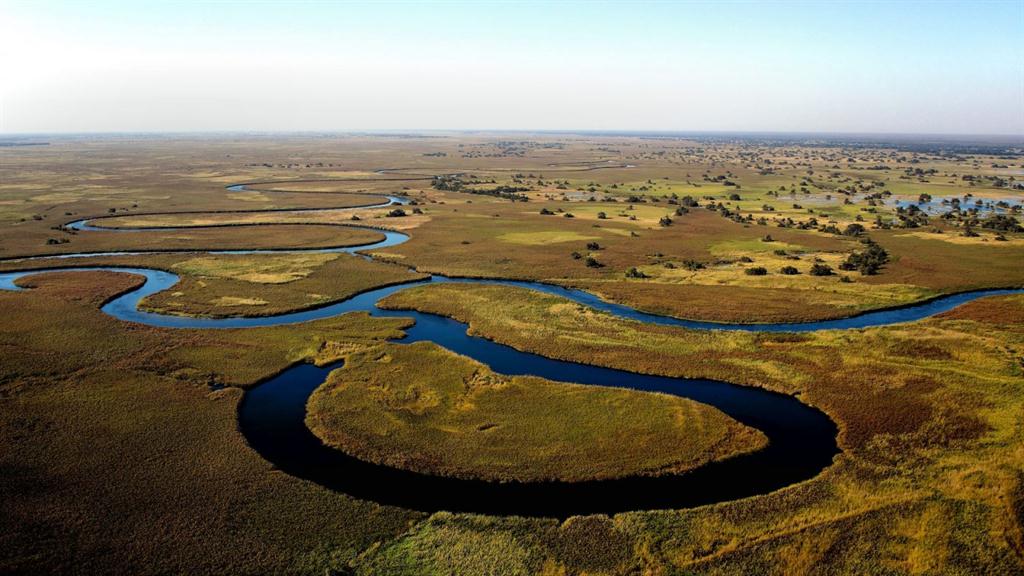No fracking in Kavango - ministry
The mines ministry has rejected reports that a Canadian company is using the controversial fracking method to extract gas in the Okavango delta.
ELLANIE SMIT
WINDHOEK
The mines ministry has dismissed reports of fracking activities in the Kavango Region that could threaten the Okavango ecosystem.
Reconnaissance Energy Africa (ReconAfrica) last week came under fire over its plans for drilling in Namibia, close to the border with Botswana.
Allegations surfaced that ReconAfrica lacks the required documentation and that the company plans to carry out hydraulic fracturing.
ReconAfrica, which is listed on the Canadian TSX Venture Exchange, says on its website that it has acquired the rights to drill in more 25 000 square kilometres of north-east Namibia.
Exploration
The environmental clearance certificate (ECC) issued by the environment ministry to ReconAfrica is for the drilling of two stratigraphic wells for gathering data.
This is to understand the geology and confirm the existence of oil and gas for possible detailed oil and gas exploration, and not for fracking.
Mines ministry spokesperson Andreas Simon said the ministry had issued a (Petroleum Exploration Licence 73) PEL 73 to Reconnaissance Energy Namibia for the purpose of exploring for hydrocarbons.
“Not to conduct any fracking activities in the Okavango Delta along the banks of the Okavango River.”
He stressed that no onshore Production Licence for PEL 73 had been applied for or granted and no licence for the development of unconventional resources, such as shale gas, had ever been applied for or granted in Namibia.
“This means that no hydraulic fracking activities are planned in Namibia. All the necessary environmental impact permits for the project are in place.”
Simon said the public must understand that no oil and gas exploration activities are allowed in national parks and licences overlapping with any national park have not been granted.
Regulations
The environmental commissioner, Timoteus Mufeti, explained that according to the environmental impact assessment (EIA) approved by the ministry the exploration activities will not cover the entire licence area and will be limited to areas situated about 80 km south of the Okavango River, 40 km from the boundary of the Khaudum National Park and is more than 260 km from the Okavango Delta in Botswana.
The approved areas where the two wells will be drilled are not in a conservancy, he said.
“The actual wells to be drilled are 30 x 30 cm and the potential footprint for this activity will only occur on an area that is not bigger than 250 x 250 metres around each well.”
Mufeti said if oil or gas is discovered a production licence must be issued by the mines ministry subject to meeting the requirements of the EIA.
Simon added that the development of a successful oil and gas industry would create jobs and boost state revenue through taxes.
WINDHOEK
The mines ministry has dismissed reports of fracking activities in the Kavango Region that could threaten the Okavango ecosystem.
Reconnaissance Energy Africa (ReconAfrica) last week came under fire over its plans for drilling in Namibia, close to the border with Botswana.
Allegations surfaced that ReconAfrica lacks the required documentation and that the company plans to carry out hydraulic fracturing.
ReconAfrica, which is listed on the Canadian TSX Venture Exchange, says on its website that it has acquired the rights to drill in more 25 000 square kilometres of north-east Namibia.
Exploration
The environmental clearance certificate (ECC) issued by the environment ministry to ReconAfrica is for the drilling of two stratigraphic wells for gathering data.
This is to understand the geology and confirm the existence of oil and gas for possible detailed oil and gas exploration, and not for fracking.
Mines ministry spokesperson Andreas Simon said the ministry had issued a (Petroleum Exploration Licence 73) PEL 73 to Reconnaissance Energy Namibia for the purpose of exploring for hydrocarbons.
“Not to conduct any fracking activities in the Okavango Delta along the banks of the Okavango River.”
He stressed that no onshore Production Licence for PEL 73 had been applied for or granted and no licence for the development of unconventional resources, such as shale gas, had ever been applied for or granted in Namibia.
“This means that no hydraulic fracking activities are planned in Namibia. All the necessary environmental impact permits for the project are in place.”
Simon said the public must understand that no oil and gas exploration activities are allowed in national parks and licences overlapping with any national park have not been granted.
Regulations
The environmental commissioner, Timoteus Mufeti, explained that according to the environmental impact assessment (EIA) approved by the ministry the exploration activities will not cover the entire licence area and will be limited to areas situated about 80 km south of the Okavango River, 40 km from the boundary of the Khaudum National Park and is more than 260 km from the Okavango Delta in Botswana.
The approved areas where the two wells will be drilled are not in a conservancy, he said.
“The actual wells to be drilled are 30 x 30 cm and the potential footprint for this activity will only occur on an area that is not bigger than 250 x 250 metres around each well.”
Mufeti said if oil or gas is discovered a production licence must be issued by the mines ministry subject to meeting the requirements of the EIA.
Simon added that the development of a successful oil and gas industry would create jobs and boost state revenue through taxes.





Comments
Namibian Sun
No comments have been left on this article